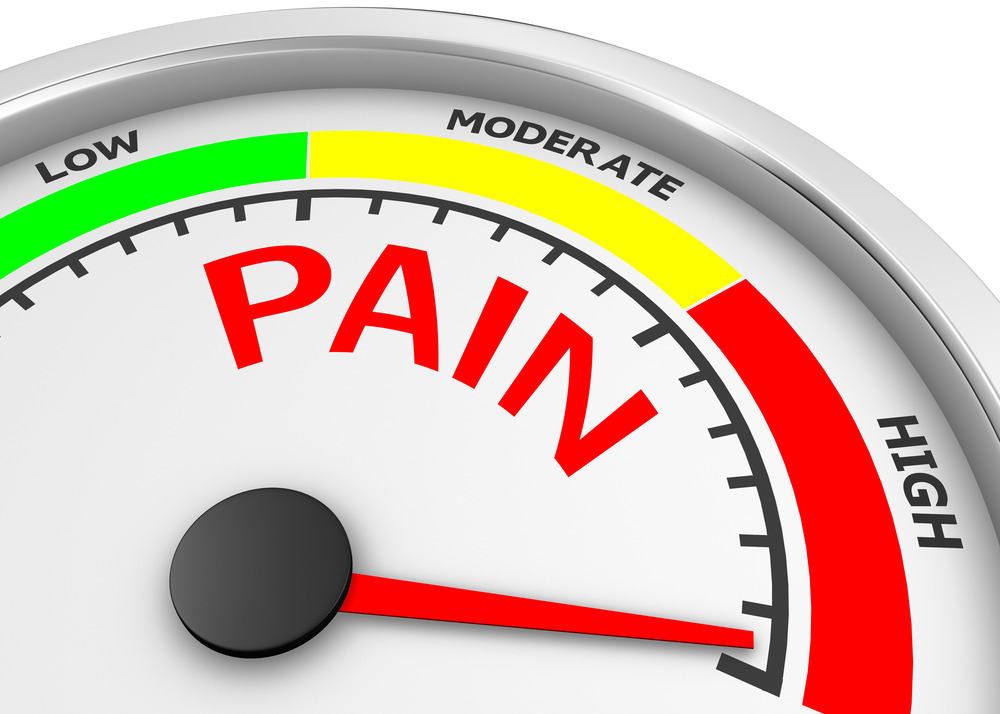
Medical science knows a lot about pain. But truth be told, there is a lot more we don't know. We do not know why people perceive pain differently, for example. No doubt we have some educated guesses. But we can't offer a concrete explanation. One possible explanation is known as the Gate Control Theory of Pain (GCTP).
The GCTP's origins go back nearly 60 years. It was first posited in 1965 as an explanation for how pain signals make it to the brain. The theory focuses on two different types of nerve fibers referred to as “gates.” Opening and closing these gates is the key to reducing pain sensations.
We still call the GCTP a theory nearly six decades later because it has never been scientifically proven. However, there is value in considering its merits. Even if the actual gates discussed by the theory don't exist, the principle behind it is worth further attention.
We tend to think of pain as a static mechanism that remains consistent across the board. If you touch your hand on a hot stove, nerves in the skin sense danger and send pain signals to the brain. Those signals are designed to get you to pull your hand away. They act as a mechanism to protect you.
That said, there are other types of pain that do not offer the same benefit. The pain caused by osteoarthritis is by no means a safety mechanism. It doesn't protect you from anything. Instead, it lets you know that the cartilage between your joints has worn away to the point that the bones are grinding on one another. It is a different kind of pain that exists for an entirely different reason.
Knowing that pain isn't static leads us to believe that there is more to pain perception than just signals traveling up the spinal column to the brain. That is exactly what GCTP posits. The theory is rooted in two different types of nerve fibers in the human body.
Larger nerve fibers, like those found in the skin, transmit sensory information that may or may not have anything to do with pain. Smaller nerve fibers, located internally, are more likely to send signals related to tissue damage, inflammation, etc. The thinking is that opening the larger gates while closing the smaller ones reduces the perception of pain.
It stands to reason that the larger nerve fibers are more responsive in some people than their smaller counterparts. These types of people would be more sensitive to tactile experiences – like massage, for example. Likewise, other people have more active smaller fibers.
So, what does all this mean from a pain management standpoint? Let us assume the theory is true. People with naturally higher activity in the larger fibers should have a higher tolerance for pain. Those with more activity in the smaller fibers would have a lower tolerance. If we could manipulate both fibers, we could influence pain perception.
It is an interesting theory that demands more research. Until such research is undertaken, we cannot say for sure how legitimate Gate Control Theory of Pain really is. However, we can say for certain that people perceive pain differently. That much is true.
Regardless of your particular pain perceptions, the professionals here at KindlyMD want to help. Our pain clinics are staffed by trained professionals who take a holistic approach to pain management. We don't want to just treat you; we want to be equal partners with you on your journey to feeling better.